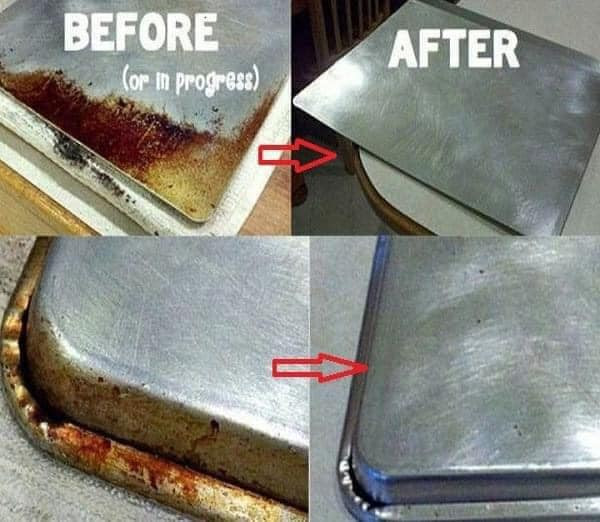ADVERTISEMENT
Sure! Here’s an informative and engaging article for the topic:
Repairing Scratched or Burned Baking Sheets: A Practical Guide
Baking sheets are essential tools in every kitchen, but over time, even the most high-quality ones can become scratched, stained, or burned. Whether it’s due to years of roasting, repeated scraping with metal utensils, or baked-on spills, a damaged baking sheet doesn’t necessarily need to be thrown out. With the right methods and a little elbow grease, you can repair and restore your scratched or burned baking sheets to extend their life and keep them functioning well.
Understanding the Damage
Before jumping into solutions, it’s important to understand the type of damage:
- Scratches are typically surface-level and result from contact with knives or metal spatulas.
- Burn marks are usually caused by food or grease that has carbonized from high heat and prolonged exposure.
- Warping is a structural issue and can sometimes be improved, but often indicates the need for a replacement.
This guide focuses on repairing surface damage like scratches and burned-on residue.
Step-by-Step Guide to Repairing Scratched or Burned Baking Sheets
1. Clean Thoroughly
Start with a deep clean to assess the true extent of the damage.
You’ll need:
- Baking soda
- White vinegar
- Dish soap
- A sponge or non-abrasive scrubber
- Aluminum foil (optional)
Instructions:
- Mix a paste of baking soda and water.
- Apply the paste to the entire surface of the sheet.
- Let it sit for 30 minutes to an hour.
- Scrub with a sponge or balled-up aluminum foil (avoid steel wool unless the pan is stainless steel).
- Rinse thoroughly and dry.
For extra-stubborn stains, pour a small amount of white vinegar over the baking soda paste and watch it fizz—this reaction helps lift grime and burn marks.
2. Remove Deep Stains and Burn Marks
If cleaning alone doesn’t do the trick, try this method:
Baking Soda & Hydrogen Peroxide Soak
- Sprinkle baking soda evenly over the baking sheet.
- Pour hydrogen peroxide over it to make a thin slurry.
- Add another layer of baking soda.
- Let it sit for 2–3 hours.
- Scrub and rinse thoroughly.
This method works particularly well on aluminum or steel pans (avoid on nonstick pans, which can degrade from harsh chemicals).
3. Buff Out Surface Scratches (Optional)
For stainless steel baking sheets, you can buff out minor scratches:
You’ll need:
- Bar Keepers Friend or a stainless steel polish
- Microfiber cloth
Rub the polish in the direction of the grain using a cloth. Rinse and dry completely. Note: Aluminum and nonstick pans should not be polished this way.
4. Re-season the Surface (if applicable)
If your baking sheet is carbon steel or cast iron, you’ll need to re-season it after deep cleaning:
